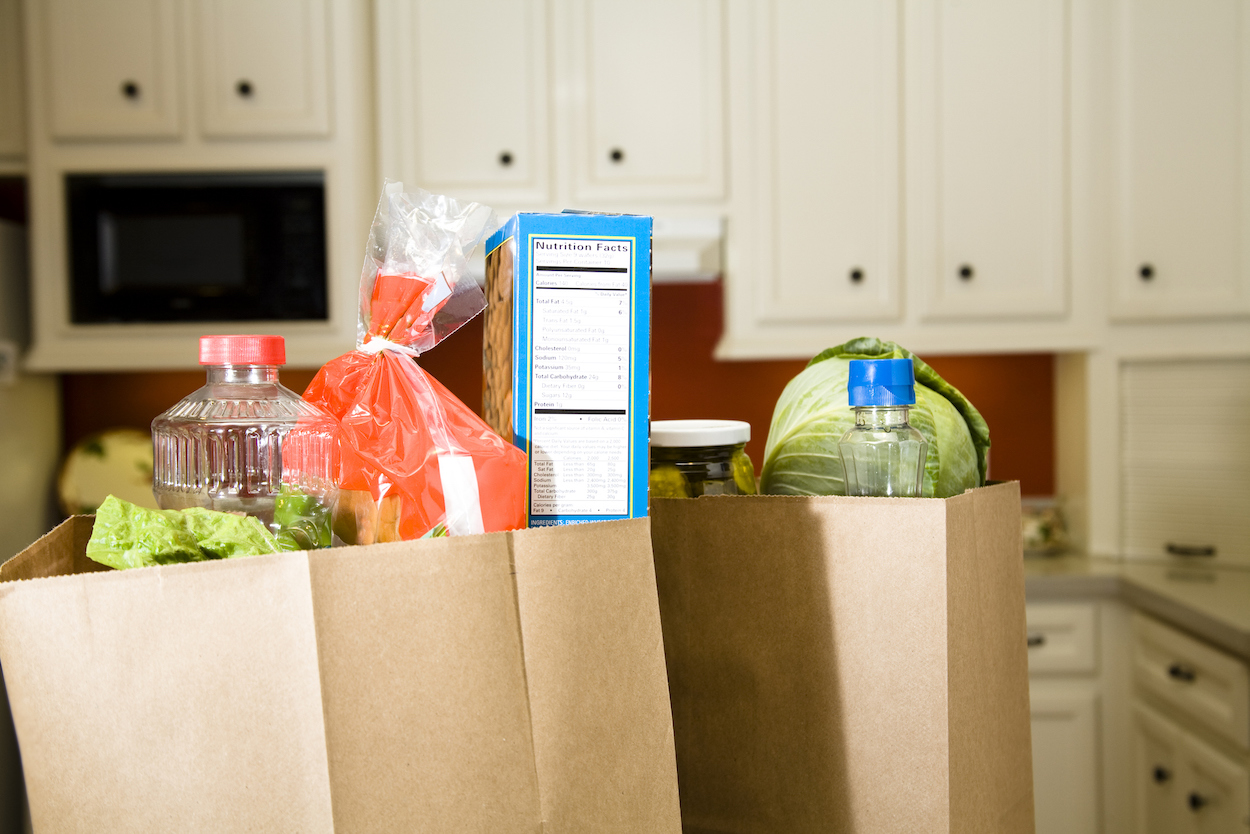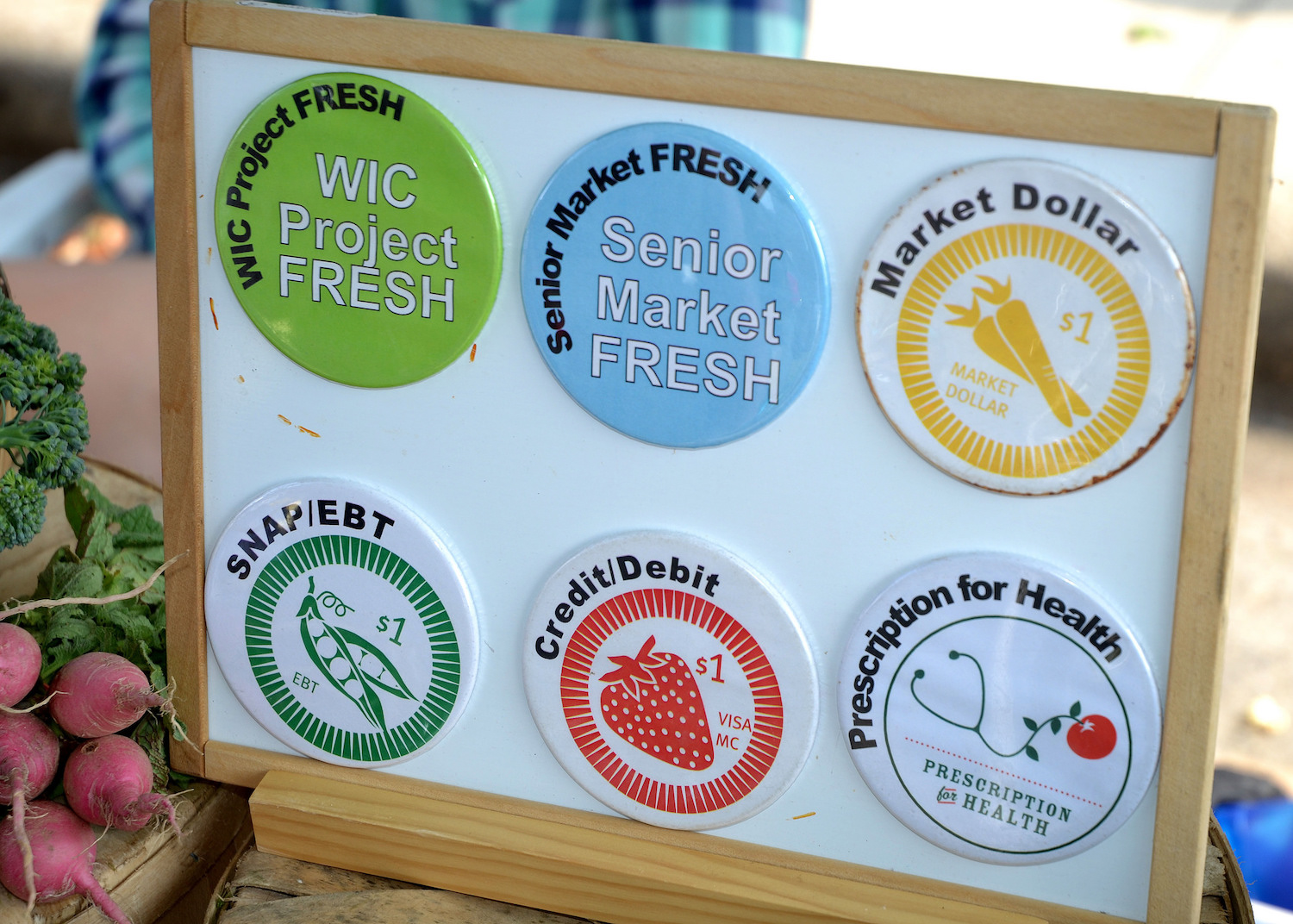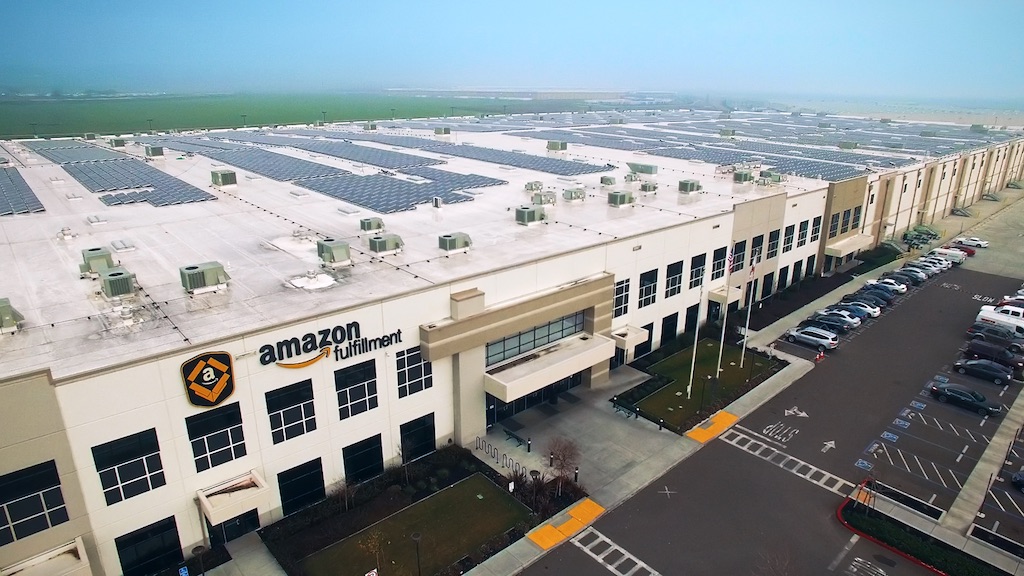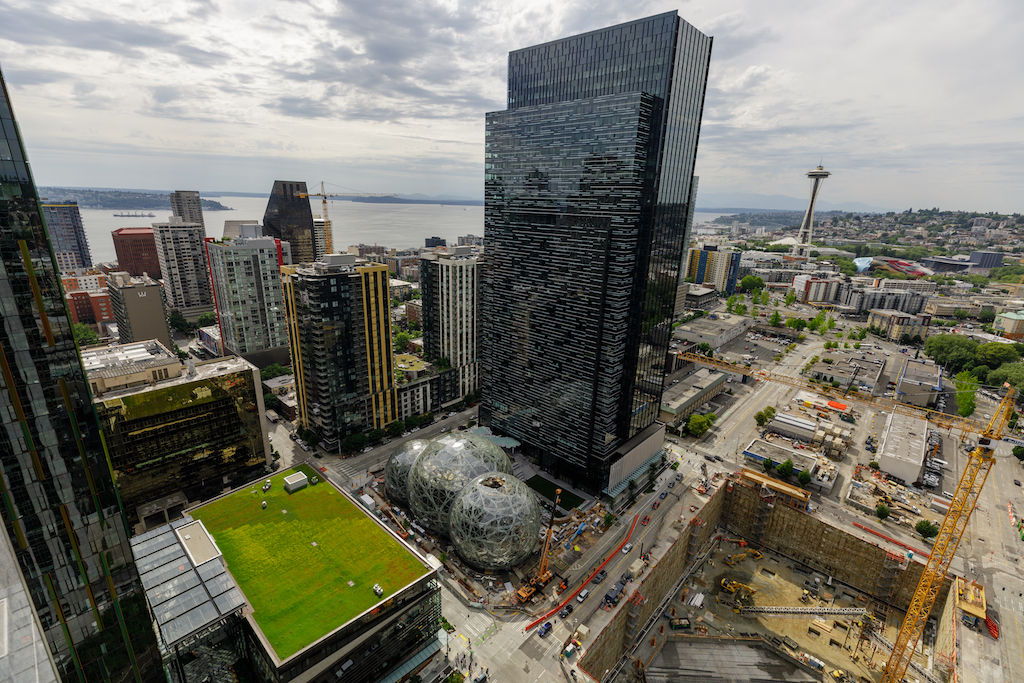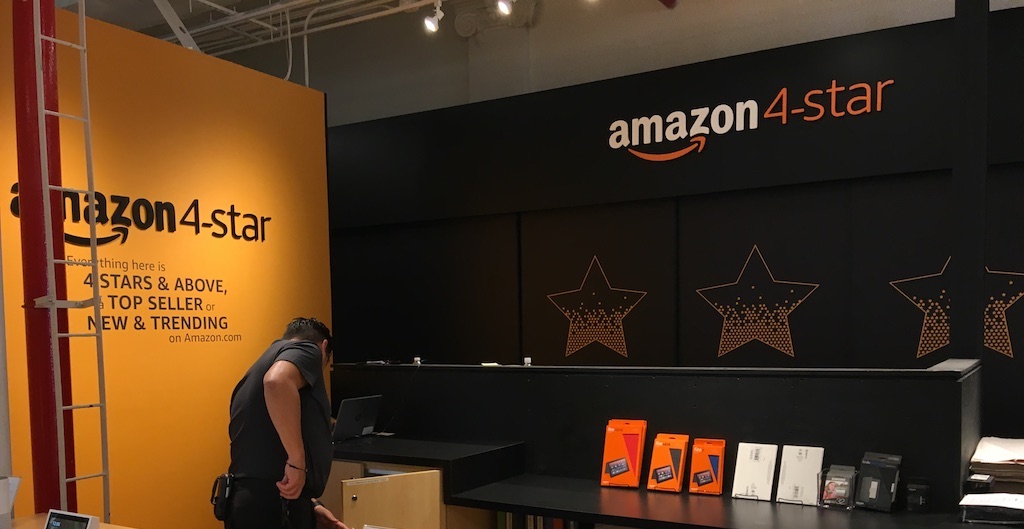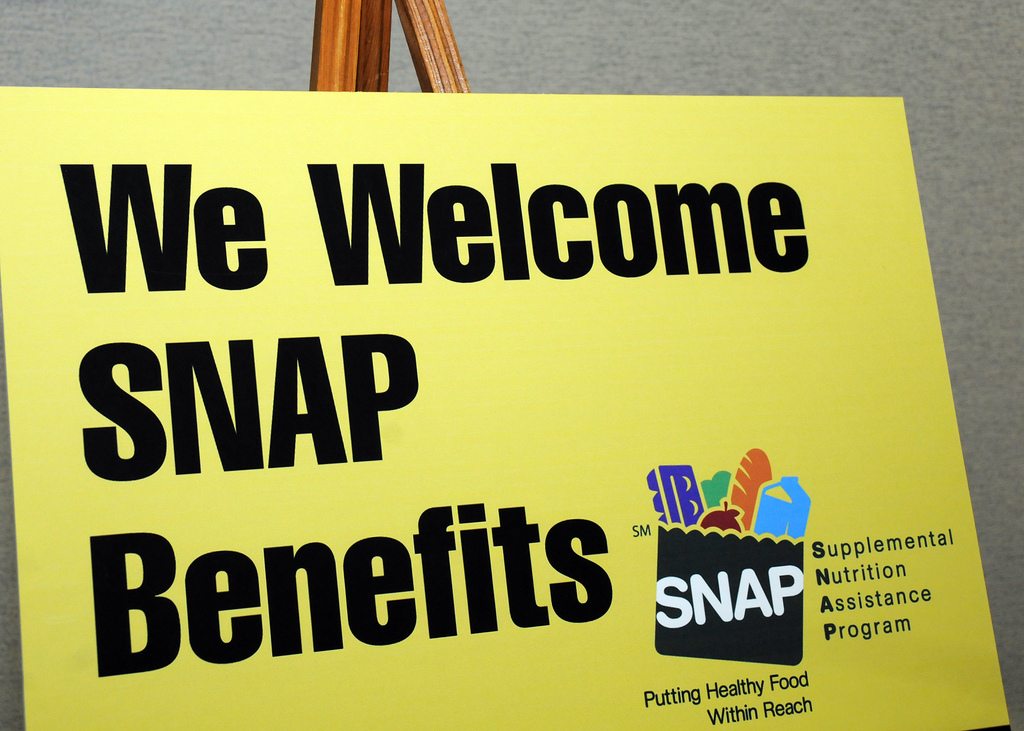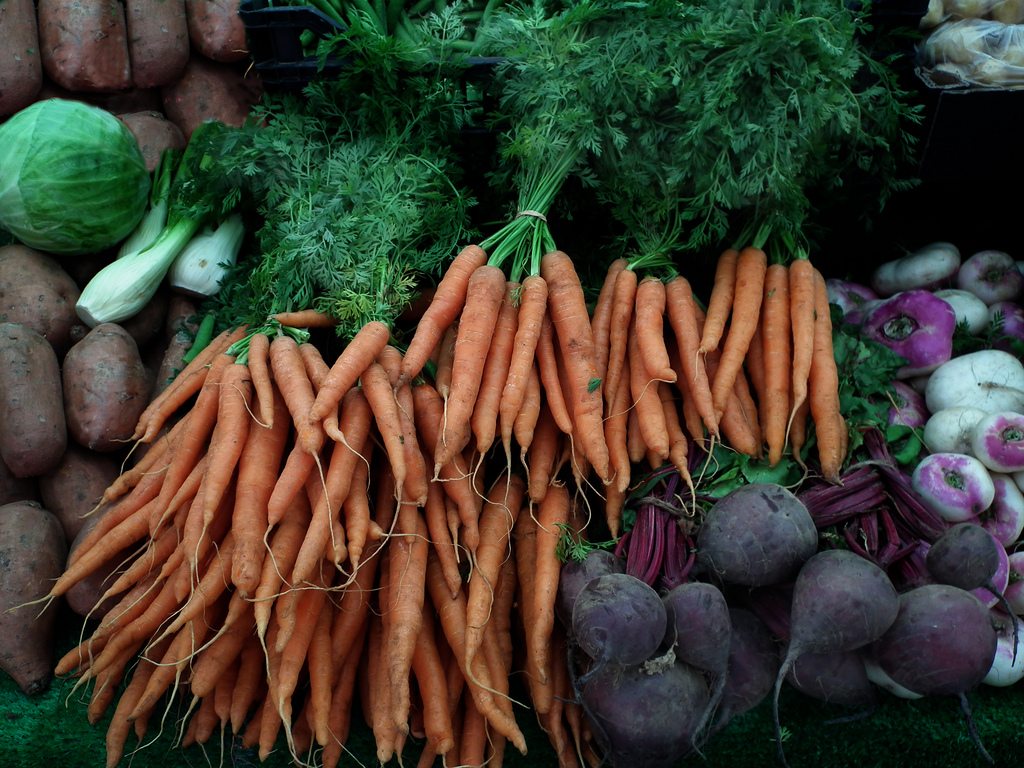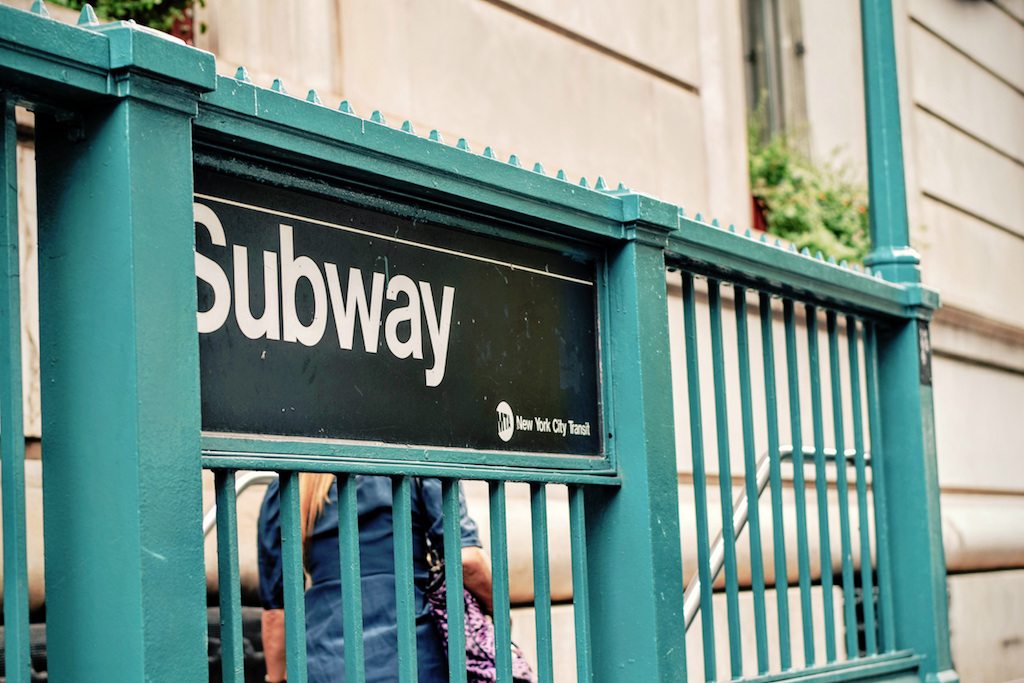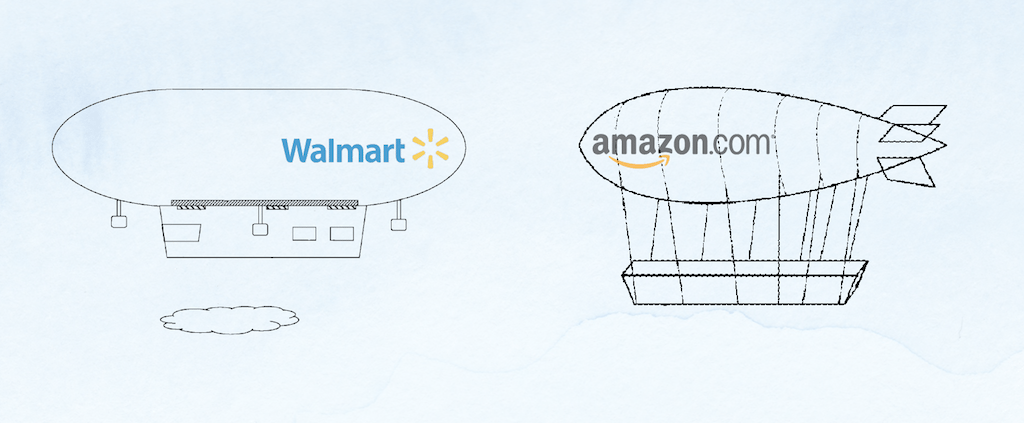
MicroStockHub/iStock
On Thursday, the United States Department of Agriculture announced the start of a pilot program that will allow a limited number of vendors accept online payments via the Supplemental Nutrition Assistance Program (SNAP, formerly food stamps). SNAP participants in New York City can now use their benefits to shop on Amazon.com, and upstate participants can use them to shop at Walmart. ShopRite is expected to join the pilot next week.
This is undoubtedly a positive development for the people who rely on the program, which has never allowed for online payments until now. As we reported last year, SNAP users who are elderly or disabled (or just don’t have an easy way to get to the grocery store or farmers’ market) often struggle to buy food. For these people, access to grocery delivery may make life a lot easier. SNAP funds can’t be used for delivery fees, though Amazon offers a discounted Prime membership for people who use SNAP or Medicaid, and they can get unlimited free delivery for $6 per month.
But the pilot program also functions as a kind of double subsidy for Walmart and Amazon, since their own employees spend federal dollars at the checkout counter. As we reported last April, both companies have a disproportionate number of employees who rely on SNAP. In the five states that responded to a public records request, Walmart was the top employer of SNAP recipients every single time. Amazon consistently ranked in the top 20 employers. In Arizona, nearly a third of Amazon employees relied on the program. Since our story ran, Amazon has raised its minimum wage to $15 an hour, a decision that likely lowered the number of employees relying on the safety net to supplement low wages. (We did not obtain data for New York, where the pilot plan has launched.) ShopRite did not appear on any of the records we obtained, but it primarily operates in states that did not fulfill our request.
This system allows companies to continue to pay wages at or near the poverty level, which are subsidized by the government in the form of SNAP. Then, retailers like Walmart and Amazon recapture even more of that when employees use federal funds to shop at work, where they likely get discounts. It’s no surprise that many checkout clerks shop at their own stores. But critics say it’s a problem when their wages are so low they’re supplemented by federal funds, which are then fed directly back to their employer.
It’s impossible to know exactly how much SNAP money grocery store employees spend at work. That’s in part because journalists and policymakers can’t get a clear sense of the total revenue corporations like Walmart—and soon Amazon—make from SNAP. As I reported last year, we have no idea know whether or not Walmart is still capturing the same $13 billion from SNAP that it did in 2013, when the number was disclosed by accident at a dinner party. For context, that’s more money than the fifth-largest federal contractor, defense technology company Northrop Grumman Corporation, held in contracts in 2017.
An ongoing lawsuit brought by the South Dakota’s Argus Leader newspaper has sought to force USDA to disclose the amount of money each retailer makes from SNAP. The Supreme Court will hear arguments for the case on Monday, April 22. The USDA initially refused to disclose retailer earnings back in 2011, citing a Freedom of Information Act exemption that protects business secrets, and the case has been winding its way through the courts ever since. The Food Marketing Institute, an industry group, has stepped into defend the lawsuit on behalf of the agency.
Depending on how the court rules on the question of whether or not disclosing stores’ SNAP sales represents “substantial competitive harm”—or whether or not “substantial competitive harm” is a valid test for a FOIA exemption—we may never know how much money Walmart, and now Amazon, make from SNAP. The absence of such information makes it nearly impossible to grasp the extent to which taxpayers are paying the Walmarts of the world to keep their own employees from going hungry.
